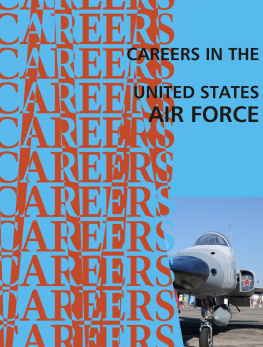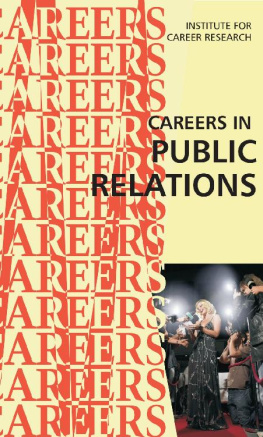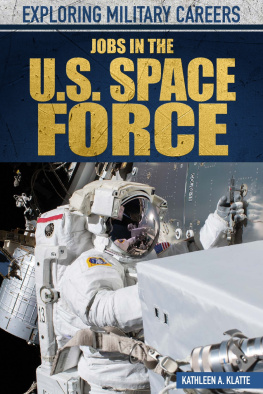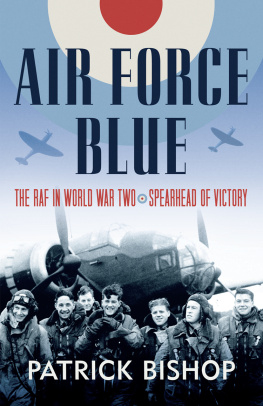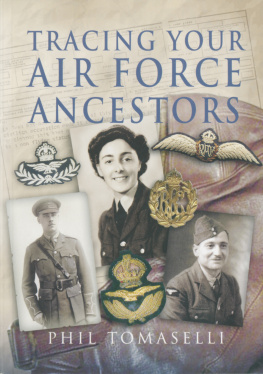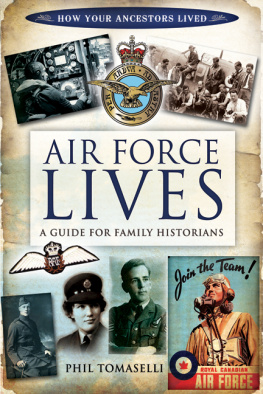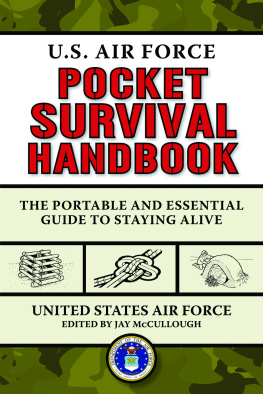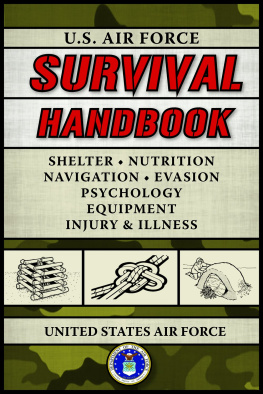
BEYOND PILOTS, A RANGE OF OVER 150 CAREER SPECIALTIES FROM ENGINEERING TO COMMUNICATIONS, AVIONICS TO BAND
Earnings
- E-1 (airman basic): $1,400 per month
- E-2s (airman): $1,569 monthly
- E-3s (airman first class): $1,588 per month
- E-4 (senior airman): $1,921 to $2,025 monthly
- E-5 (staff sergeant): $2,335 per month
- E-9 (chief master sergeant): $5,928 to $6,830 monthly
- O-1 (2nd lieutenant): $2,655 per month
- O-2 (1st lieutenant): $3,483 monthly
- O-10 (general): $18,061 per month
Traits Required
- Physically fit
- Strongly motivated
- Ready to take risks
- Think quickly & react calmly
- Able to take direction & orders
- Able to react & respond on a moment's notice
The Work You Will Do
- Operations
- Maintenance & Logistics
- Support
- Medical & Dental
- Legal & Chaplain
- Finance & Contracting
- Special Investigations & Special Duty Assignments
Where You Will Work
Education Required
- High school diploma or equivalent
- Junior Reserve Officer Training Corp.(JROTC) Program
- Reserve Officer Training Corp.(ROTC) Program
- Officer Training School
- Air Force Academy
Pluses
- Benifits
- Training
- Promotions
- Travel
- Job security
- Retirement packages
Minuses
- Pay scale
- Strict regulations
- Must be physically fit
- Air Force will also dictate where you live
- Air Force requires you to commit to specific lengths of duty
- You can be called out of regular duties to support war efforts at anytime
Introduction
A career is about more than dollars and cents. There is a "big picture" to keep in mind when homing in on what you'd like to do when you get out of school. Everybody wants to do something they enjoy. Most people also want to do something that they find meaningful. Most people want to become part of something larger than themselves, too.
A career in the United States Air Force can provide you with all of these things. You don't have to be a pilot, either. In fact, relatively few Air Force personnel fly planes. Like all branches of the US military, the Air Force offers hundreds of individual career paths ranging from intelligence analysts and air-traffic controllers to chefs, as well as pilots. The Air Force is a great place to learn a skill and get a start in life or to spend a 20-year career. You will have that choice if you enlist in the Air Force.
The US Air Force is the largest and most advanced air force in the world. It counts 328,000 personnel on active duty, 74,000 in the Air Force Reserve and 106,000 in the Air National Guard. Those personnel are responsible for nearly 5,800 aircraft ranging from tiny trainers to long-haul bombers to super-sophisticated fighter planes. This number is larger than the next two largest air forces Russia and China combined. The Air Force is also responsible for the United States' arsenal of intercontinental ballistic missiles, is the lead agency on launching military satellites and owns a rapidly growing number of unmanned combat aerial vehicles. Simply put, the US Air Force has no peer not even close.
Air power is an important part of the comprehensive package of US military might. Ground, sea and air power all play a part in winning wars and maintaining the peace. Ever since the dawn of air power it has been understood that the first step in controlling the ground is controlling the air. Since the goal of any war is controlling the ground, a modern war cannot be won without air power.
Take careful note of the information contained in this report. In it you will find sections on how to prepare for your career, what kind of education you'll need, what you can expect to like and dislike about the career and even how much money you can expect to earn at various stages along the way. If you like what you read here, talk to a recruiter. Remember, just talking to a recruiter incurs no obligation on your part. Requirements and opportunities change constantly.
You can be learning about a career in the Air Force even while you are still in high school. If your school offers a Junior Reserve Officer Training Corps program (JROTC), join it. Many high schools sponsor JROTC programs. Similar to the college ROTC program but without the legal obligation to serve after you graduate, JROTC is a great way to learn about the military. JROTC programs are cosponsored by specific branches of the military. If your school's JROTC program isn't sponsored by the Air Force, join it anyway. You'll learn a lot about military bearing and history, and get to spend weekends doing very cool things that most teenagers can only dream about. You'll be issued a great looking uniform, and you'll get to wear it to school once a week.
If your school doesn't sponsor a JROTC program you can still prepare yourself for an Air Force career through more conventional means. The most important thing you can do is to study hard. The modern US military is a very sophisticated operation staffed entirely by volunteers. Those volunteers don't want to put their lives in the hands of someone who is not prepared intellectually. Develop good study habits. Not only will you get smarter, you will also prepare yourself for the constant training and education you will undergo after you join. Work equally hard in gym class, too. The military's physical-fitness requirements aren't superhuman but they are challenging. Couch potatoes won't get very far.
There is no lack of easily accessible information about the Air Force. Browse the web and search the stacks at your school library. Subscribe to Air Force Times, a privately owned newspaper that covers the Air Force. There is certainly no shortage of movies with an air power theme. Watch as many as you can. They may or may not be very accurate but they will keep your enthusiasm running high, and that's important too.
History of the Profession
It took longer for the military to express interest in airplanes than you might think. The earliest aircraft, like the Wright Flyer that famously flew at Kitty Hawk, North Carolina on December 17, 1903, were flimsy contraptions that stayed aloft almost by accident. They were slow, difficult to maneuver and couldn't carry large loads. The one thing they could do, however, was take a pilot high above enemy lines where he could spy on hostile formations. The Army had begun experimenting with using balloons for overhead reconnaissance in 1907. It added airplanes to its arsenal in 1908.
Aviation technology and training took five years to be recognized in the US military, and the 1st Aero Squadron was formed in 1913, becoming the first US military unit exclusively devoted to flying. When World War I broke out in Europe in 1914, the squadron consisted of six aircraft. By the end of the war in 1918 it had grown to more than 700 planes. This number still represented less than 10 percent of the total number of aircraft operated by allied militaries. The major European countries, especially Germany, France, Italy and the United Kingdom, had all pursued military air power much more aggressively than the United States.
As militaries tend to do after wars, the Army and its aero squadrons downsized dramatically. In 1920, the squadrons were reorganized into the Air Service, a combat arm within the Army commanded by a two-star general. This name was changed to Air Corps in 1926. The Corps grew rapidly in the late 1930s when World War II loomed on the horizon, with Congress authorizing $300 million for 6,000 planes.
Next page
